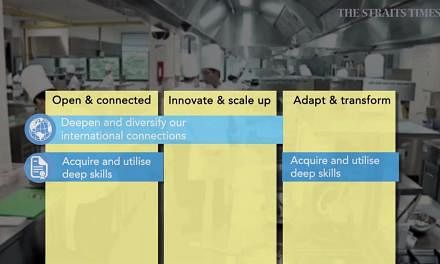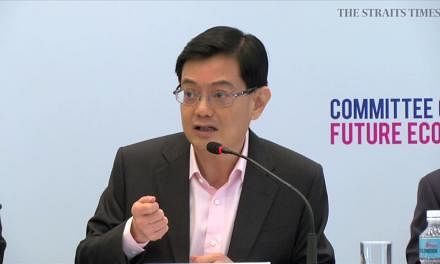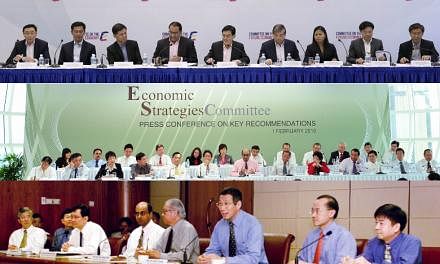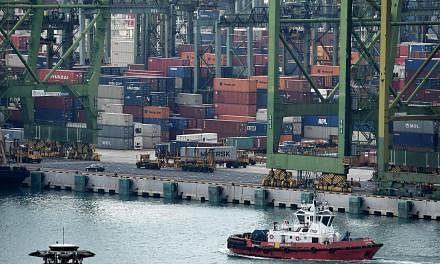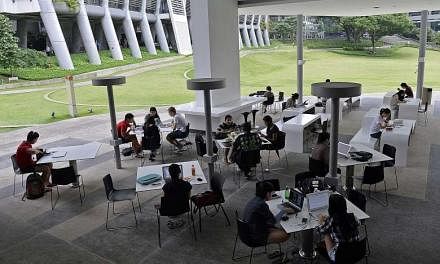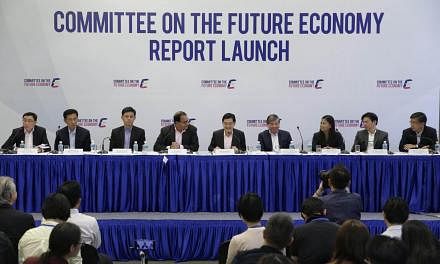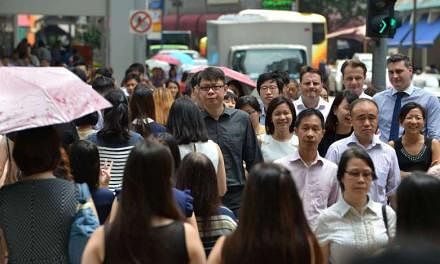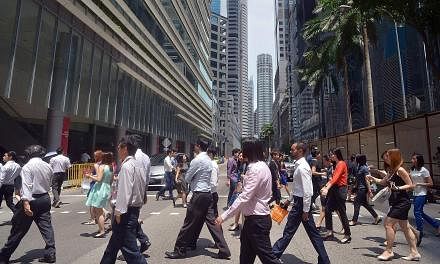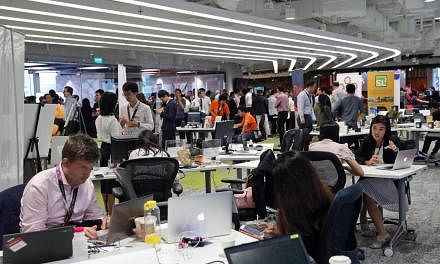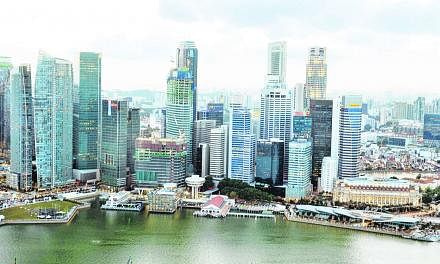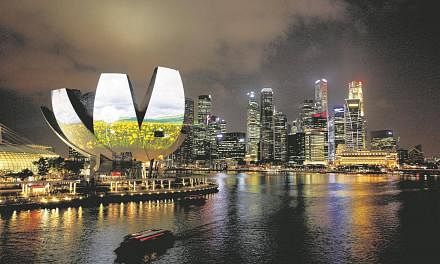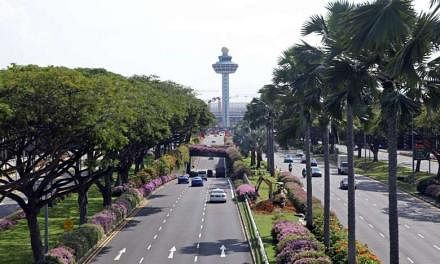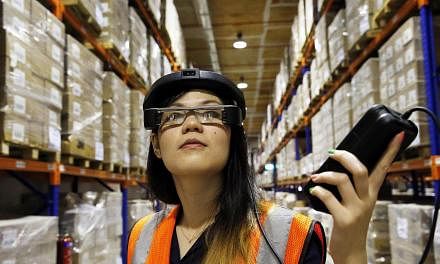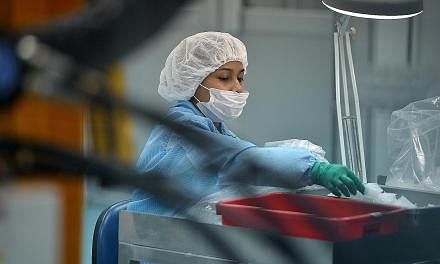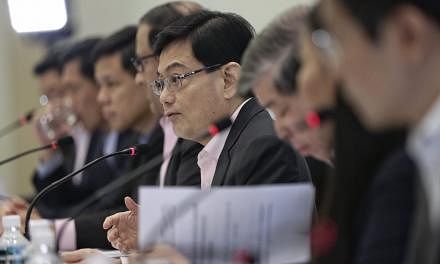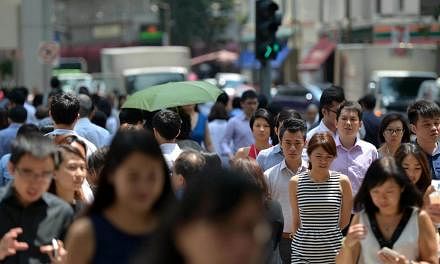Singapore's airport and port will more than double their passenger and container-handling capacities by the end of the next decade.
The plans are ambitious and the total cost likely to run into the billions - a huge but critical investment in the Republic's future as Singapore fights to stay ahead in a race being run by a growing number of countries.
By the time Changi is done with Terminal 5 in about 10 to 12 years, the airport will be able to handle up to 135 million passengers a year, from about 66 million now.
Terminal 5 is being built in Changi East, now separated from the existing airport by Changi Coast Road, which is to be realigned.
A mammoth move of port activities from Tanjong Pagar and Pasir Panjang to Tuas South will allow Singapore to handle about 65 million twenty-foot equivalent units (TEUs) of cargo a year, more than double what the port handled last year.
The need to invest in and expand Singapore's external connectivity was highlighted by the Committee on the Future Economy as a key part of the strategy to develop a vibrant and connected city of opportunity.
Investing in the right infrastructure ahead of time has been a key pillar in the success of Singapore's airport and port for more than three decades.
But even as new opportunities arise, competition has also intensified.
Airports in Hong Kong, China and the Middle East are ramping up terminal and runway capacity to prepare themselves for growth in the demand for air travel, especially in the Asia-Pacific.
Like Changi, Hong Kong International Airport is also adding a third runway to build up its operations.
Dubai has plans to expand its airport to eventually handle more than 220 million passengers a year - about 80 million more than what Changi is planning for with Terminal 5.
Malaysia has said it will invest more than US$2.1 billion (S$3 billion) to expand Tanjung Pelepas port in Johor, to more than double its annual capacity to 22.2 million TEUs before 2030.
Though it is not as big, the port's proximity to Tuas could impact Singapore's ambitions.
With expansion works well under way in Changi East and Tuas South, Singapore has taken an important, bold step towards securing the Republic's economic future.
But there are other factors that will determine if the investments eventually pay off.
Singapore's competitiveness as an air and sea hub is closely tied not just to infrastructure, but also to connectivity and the productivity of its workforce.
Whether the Republic can create a conducive business environment that will entice aerospace and shipping companies to set up shop here will also be key.


